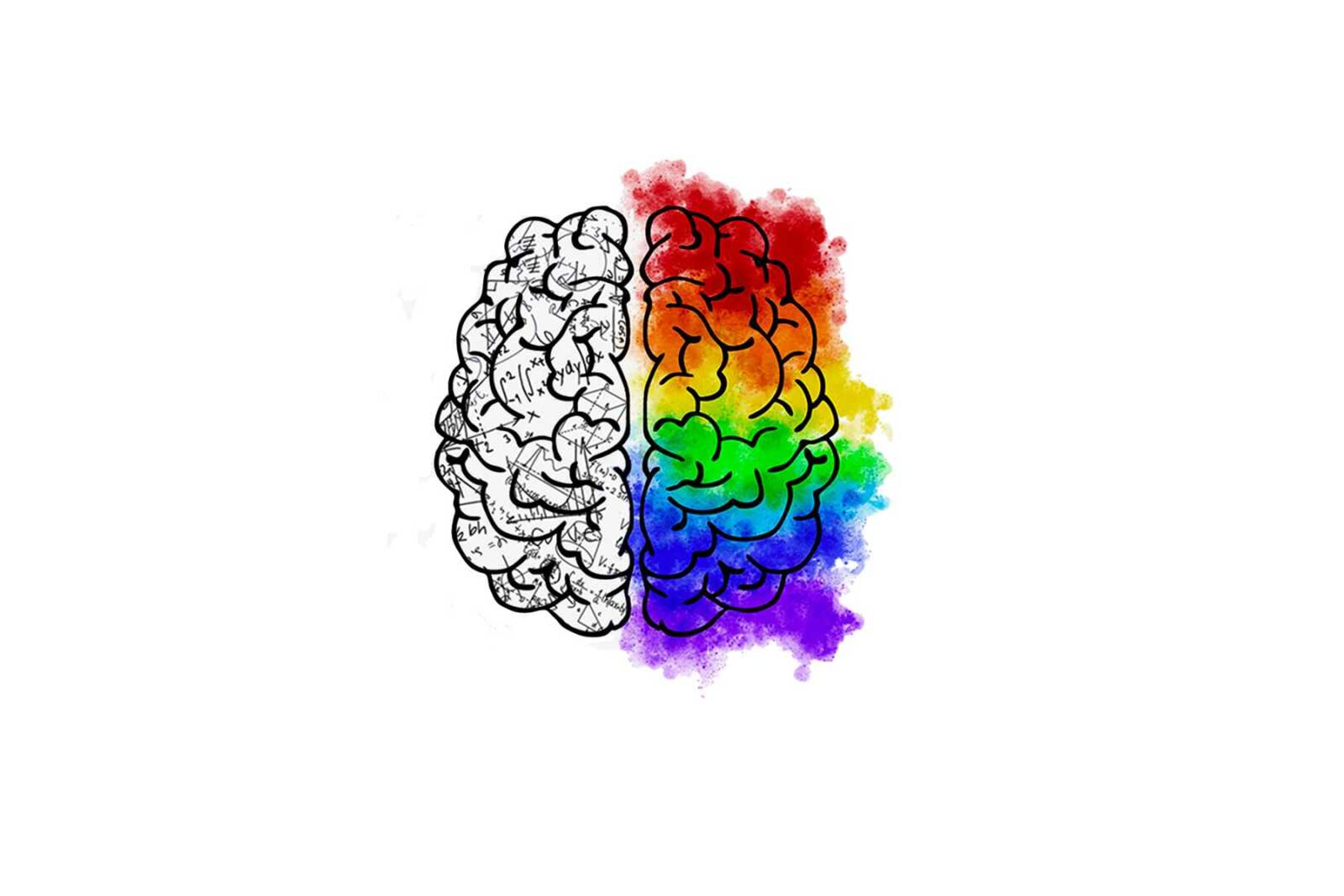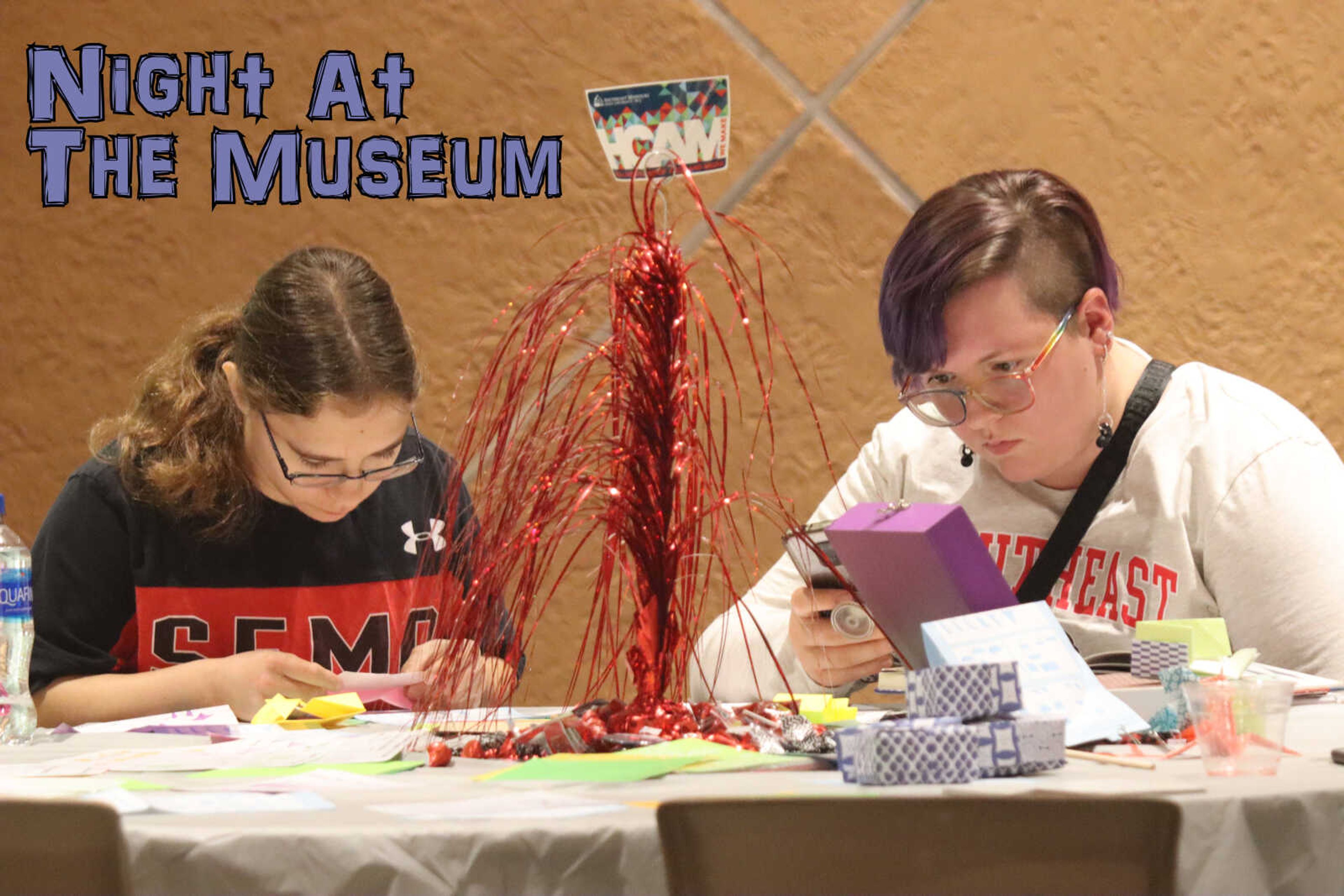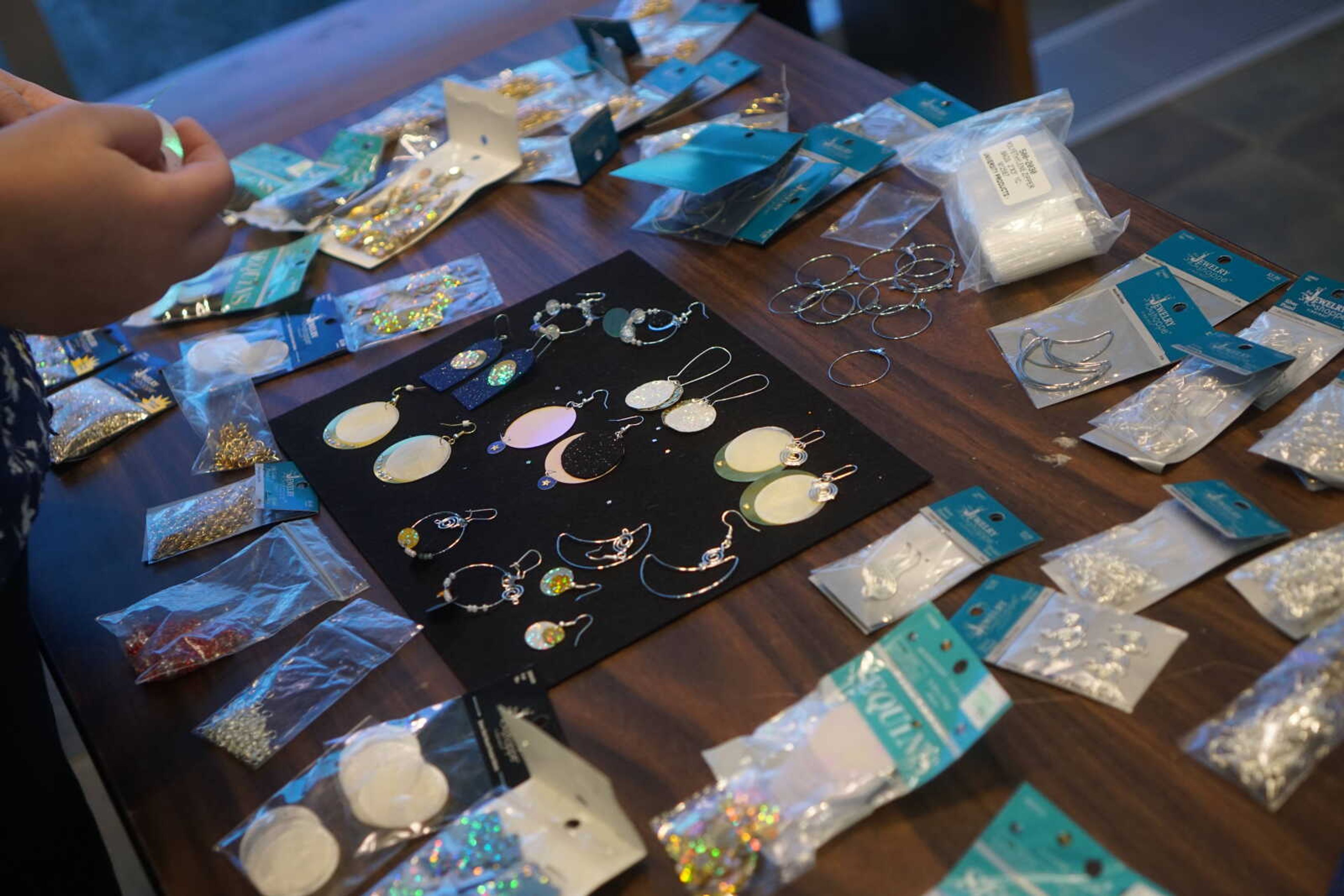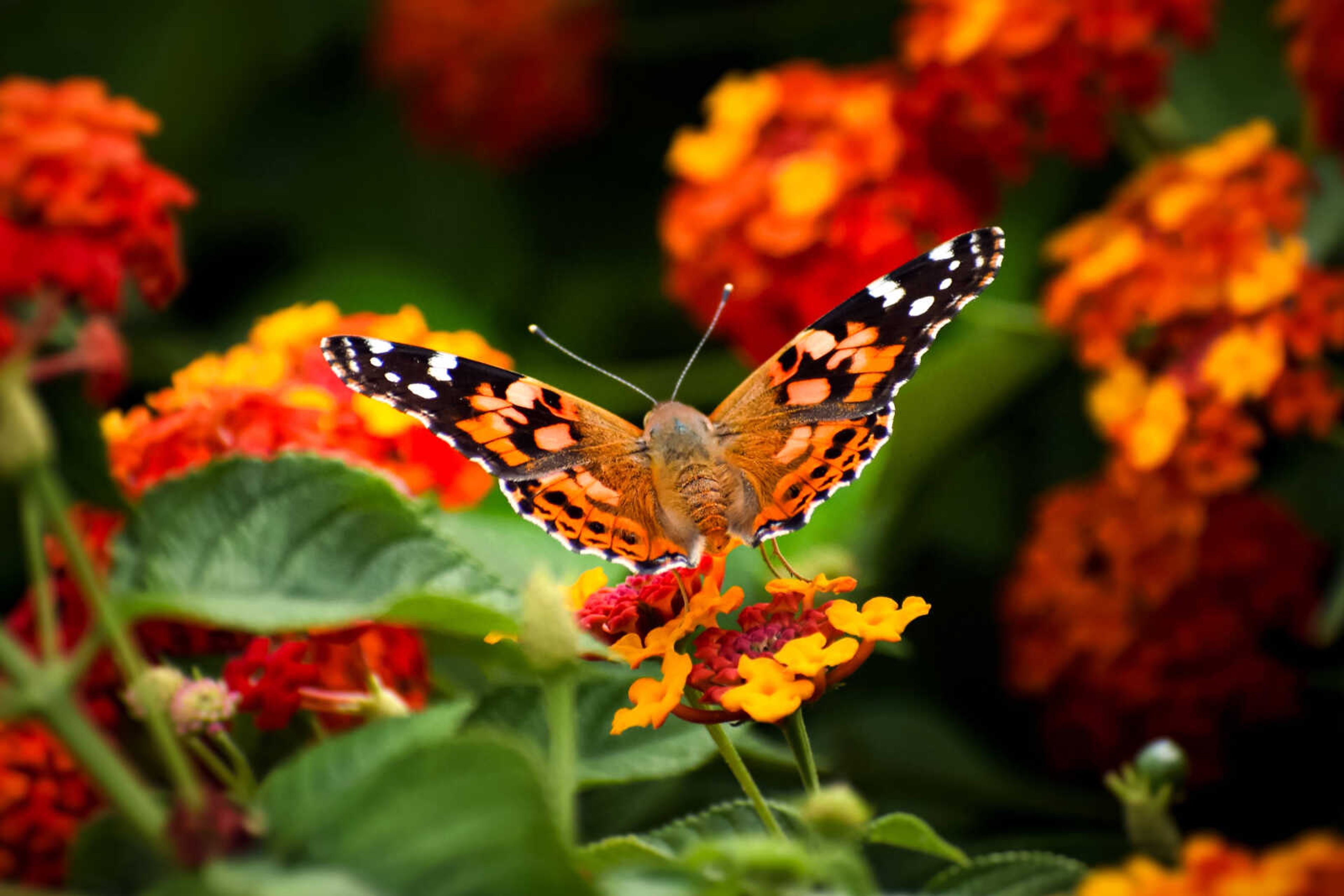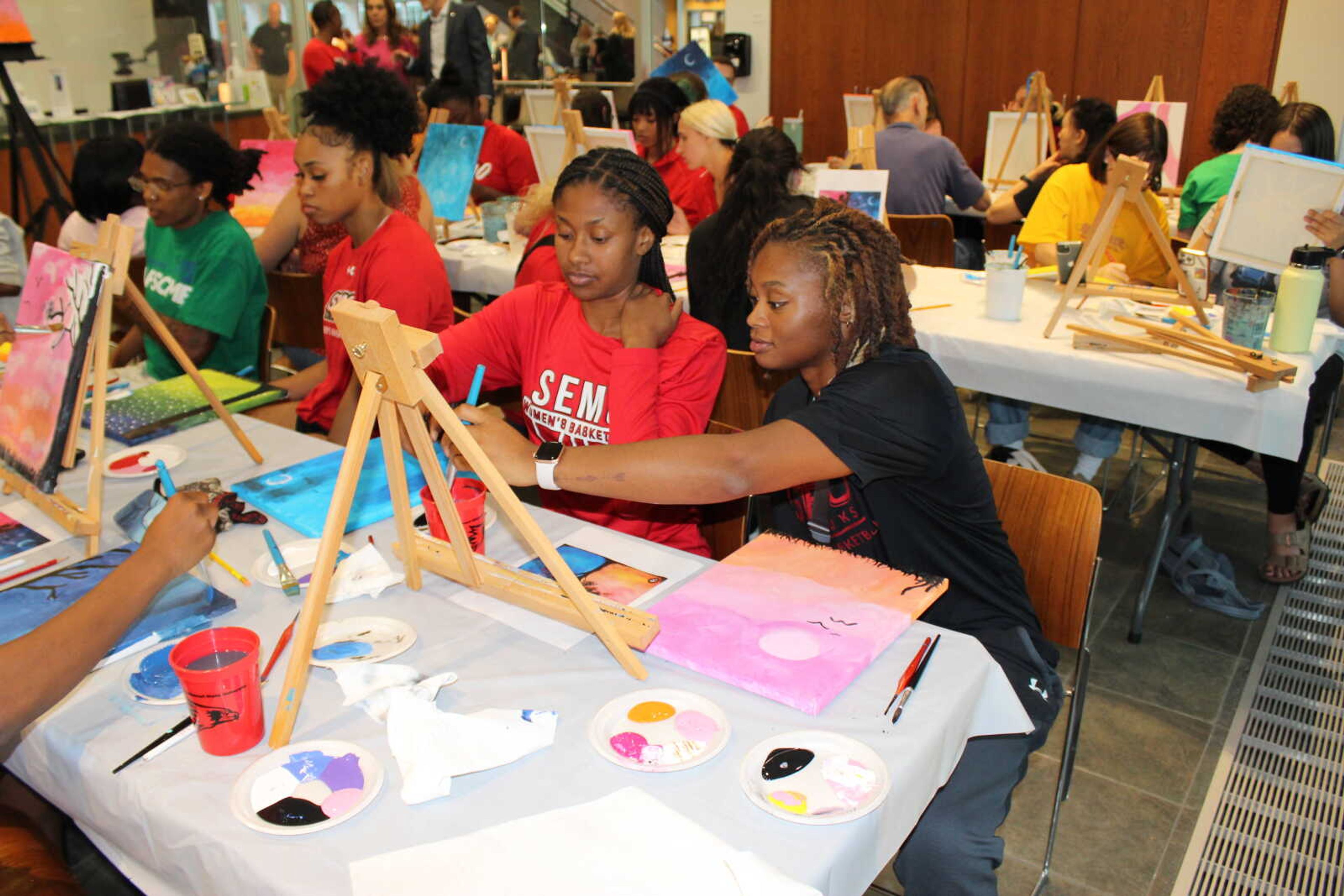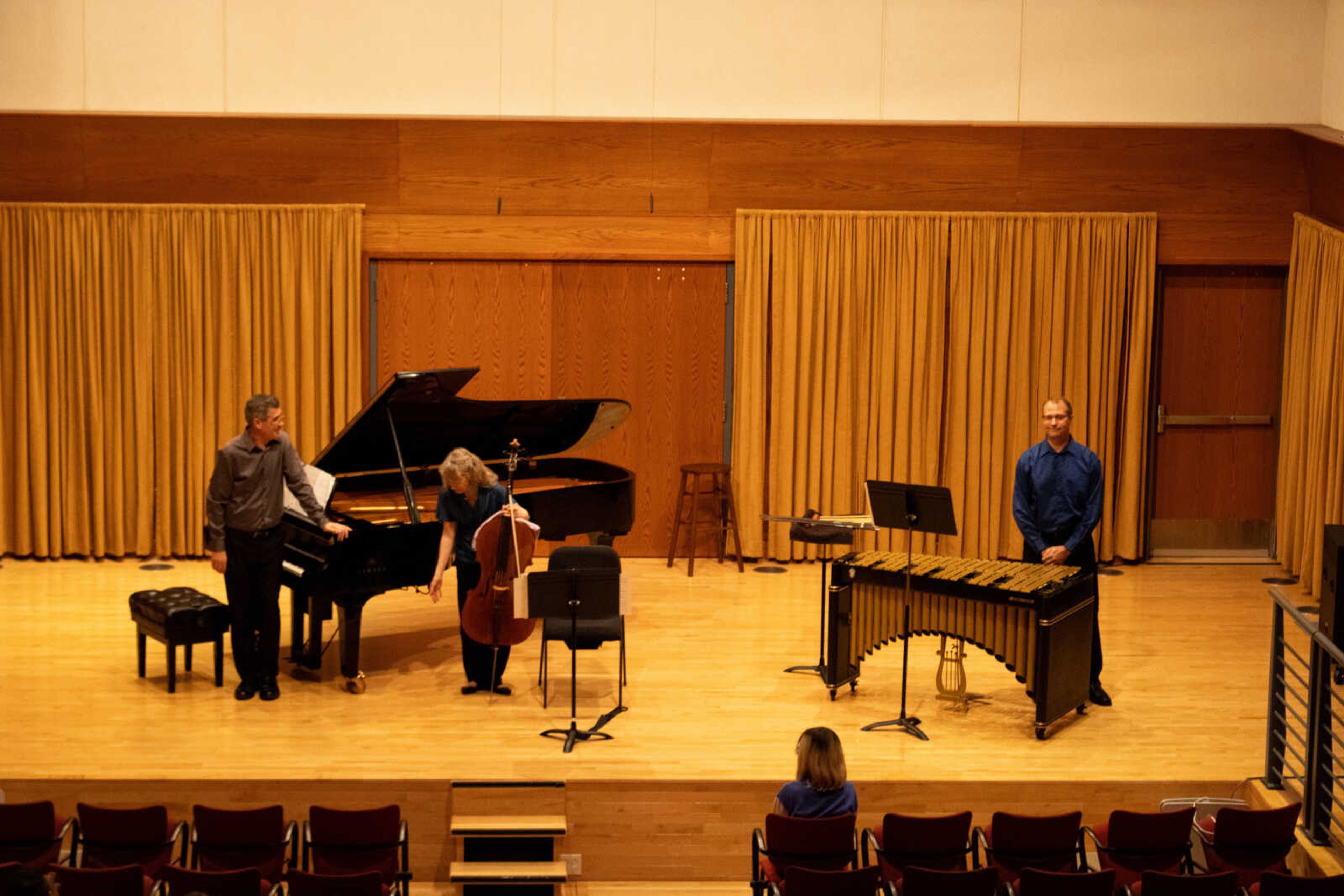Many still believe there are two sides to the brain, the creative side and the logical side. Technology from PET, MRI and CT scans have proven the “two sides of the brain” myth is not true; humans use both sides of the brain while doing art and other creative activities. The sides of the brain must work together to complete a desired end.
Professor of business Dr. Erin Fluegge attended the Winter Creek Paint Night Jan. 24. The paint night was held by Crisp Museum curator of education Ellen Flentge.
Fluegge said she felt as if she used a different part of her brain in a relaxing way, allowing her to have better sleep afterward.
According to Bethany Owens’s article “Art therapy is ‘right for your brain’ and sleep schedule, professors say,” art therapy has been proven to decrease stress levels by increasing blood flow in certain areas of the brain. Owens is a contributing writer for The South End, a daily online publication for Wayne State University in Detroit, Mich.
Assistant professor of psychology Dr. Paige Northern has spent many years studying the brain as a cognitive psychologist. Northern agrees art therapy can have benefits, causing people to feel more comfortable with their health.
“One of the things that we’ll see with art therapy is their heart rate will normalize, their blood pressure will begin to normalize and certain hormones that are responsible for stress, they’ll also normalize,” Northern said.
Since art causes vitals to balance, Northern said it makes sense people would get better sleep after doing art therapy, especially if they are not regularly doing art during their day.
Although Fluegge said she did get better sleep after the paint night, the reason for this was not because she used a different part of her brain. Associate professor of psychology and counseling Dr. Nicolas Wilkins said Fluegge did not use the other side of her brain during Flentge’s paint night.
“The truth is, you use 100% of your brain 100% of the time,” Wilkins said. “The third nonverbal task that people do that do have right lateralization, but also still have left, they have to communicate with each other.”
Since most activities use multiple regions of the brain at a time, in order to compile a developed art piece, many different areas of the brain need to be used. Some of these areas are the parietal lobe, which processes sensation, and the dorsolateral prefrontal right cortex, which processes perception.
“Art’s very conceptual, so there’s some parts of the brain like the frontal lobe, especially the prefrontal cortex, that’s critical for understanding some of these higher-order processes,” Northern said. “Like understanding the concept of something or more complex thinking that still comes along with art.”
Emotion is another important part of creating art. Emotion is registered in the amygdala, a small area of the brain located in the cerebral hemisphere.
Although all of these portions of the brain work together in order for a person to complete a final art project, at times, one part will have the majority of the focus.
As a professor of business, Fluegge most often uses the parts of her brain that focus on critical thinking, logical thinking and problem-solving, which are much different than one would use painting or drawing. Since her profession does not focus on emotion and sensation, Fluegge was not completely wrong in saying, “she used a different part of her brain.”
Material and therapy art can be a destresser and help people struggling with falling asleep, but it is not because art uses a different side of the brain.
